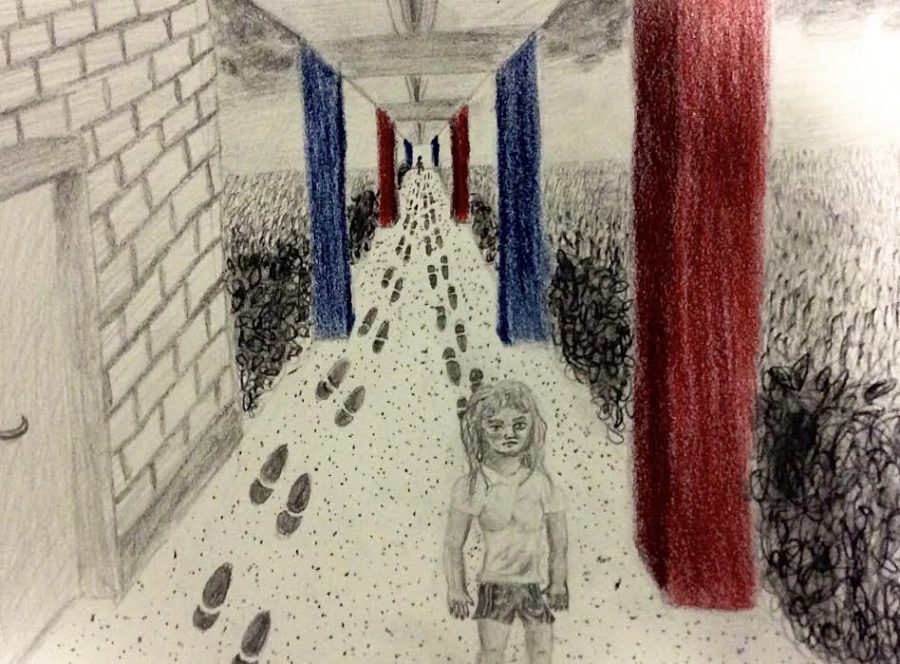Coronavirus Column: In-person classes are back and they’re just how you thought they’d be
In this Coronavirus Column, contributing writer Elliot Rodriguez details being on campus for in-person classes.
August 30, 2020
The crowded and friendly faces in the Breezeway, fraternities, and clubs all along campus trying to recruit new members. Even the preacher that speaks on his megaphone.
This is what I see at FAU, at least, it’s what I used to see.
All of this is now swapped for what looks like a ghost town combined with a hospital because of all the masks being worn.
My arrival time was 10 a.m, hot as usual, but what was strange was the lack of cars in the parking lots and the shortage of people roaming the crosswalks trying to make it to the cafeteria. It was all surreal, like a weird lucid dream that you would want to get out of.
Unlike the usual foot traffic that is in the Breezeway, there was a maximum of seven people walking in front of me while on my way to class in the morning.
I did not expect everything to be back to the way it was just because they allowed some in-person classes on campus, but I couldn’t shake the feeling that I was still out of place somehow.
It was puzzling to not see the wave of students riding their longboards down the FAU Breezeway or the petitioners trying to get signatures for a cause.
As I walked through the doors of my Global Perspective of Social Services class, located inside the College For Design & Social Inquiry, there were a total of eight people including the professor and I. The rest of the students attended the class through Zoom.
Now as I would usually pick a seat in the middle row of the class, my gut was telling me to sit upfront so I would be able to hear the professor better through her mask. Wise choice, because the mask did muffle her voice.
Tracey Rubenstein, who is the professor of the class, as well as a clinical social worker and therapist, said “the combination of the mask and first-day nerves made it difficult to breathe.”
Rubenstein, who suffers from a mild case of asthma, said that she never expected the mask to affect her as it did.
Having to project her voice, along with the feeling of the mask sucking in and out with every breath she took, it added more difficulty for her to catch proper breaths.
Rubenstein does not feel like there is anything different with the campus, besides there not being a bunch of people on it. There are some perks to not having so many students on campus.
“Now I don’t have to hunt for a parking spot,” she said.
Rubenstein makes it a priority to make a connection with her students, something she was really adamant about doing on the first day of class. She said the split between virtual and in-person students made it difficult to make the connections that she wanted.
Hailey Sarria, a freshman at FAU, said that her other in-person class she has on Monday had a similar display.
“About 15 students were in the physical class,” she said, while the other 15 students attended via Zoom.
Being a commuter, Sarria saw the ghost of FAU’s past while on her visit here, saying “it feels a lot quieter and emptier.”
Freshman year for Sarria and many others is a time used to meet like-minded people. It is a time to start something new, something that the virus has prevented.
COVID-19 is still out there, and while FAU has allowed some classes on campus, it’s our job as students and faculty to do our part in keeping it safe. FAU’s future lies within our hands.
Elliot Rodriguez is a contributing writer for the University Press. For more information regarding this or other stories, email Elliotrodrig2019@fau.edu.








Eddie Wilder • Aug 31, 2020 at 1:20 pm
Well Written!! You can feel the experience in the writing. Great perspective for those not on Campus. Love the Professor’s parking space quote. Thanks!